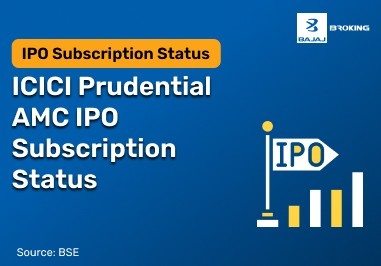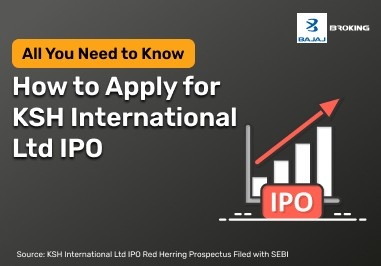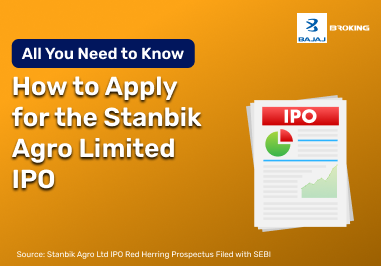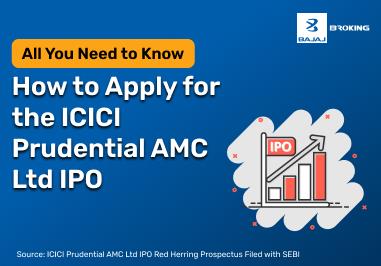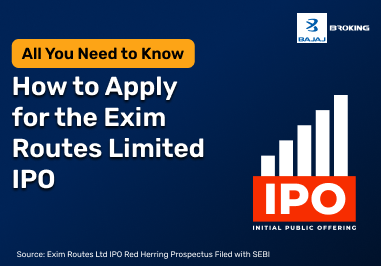What is the Capital Market Line (CML)?
The Capital Market Line (CML) shows the tradeoff between risk and return for efficient portfolios. It combines a risk-free asset, like government bonds, with a basket of risky assets.
This line essentially maps out the best possible portfolios. These are the portfolios that give maximum return for each level of risk. That’s why the Capital Market Line is so useful — it visualises the benefits of diversification, reminding us that risk doesn’t have to be taken all at once.
What Does the Capital Market Line Tell You?
The CML acts as a guide for building balanced portfolios. Its slope, known as the Sharpe ratio, shows how much extra return you get for each unit of risk.
If the slope is high, portfolios are rewarding investors well for the risk taken. If it’s shallow, the opposite is true. Simply put, the Capital Market Line helps investors see whether their mix of assets is efficient or could be improved with better diversification.
What is the Security Market Line (SML)?
The Security Market Line (SML) works differently. Instead of looking at portfolios, it focuses on individual assets. It plots expected returns against an asset’s systematic risk, measured by beta.
The Security Market Line is based on the Capital Asset Pricing Model (CAPM). It argues that only systematic risk matters — the kind tied to the market itself, which you can’t eliminate through diversification. This makes the SML useful for identifying if an asset is fairly priced, given its risk level.
E(Ri) = Rf + βi [E(Rm) — Rf]
|
Here, the parameters used in the above equation mean the following:
E(Ri) is the expected rate of return from the stock or asset
Rf is the risk-free rate of return, i.e. the theoretical rate of return that carries zero risk
βi is the systematic risk of the stock or asset
E(Rm) is the expected rate of return from the market as a whole
E(Rm) — Rf is known as the risk premium
What Does the Security Market Line Tell You?
The SML is a tool for valuation. If a stock plots above the line, it means the return looks high for the amount of risk — possibly undervalued. Below the line, it looks overpriced.
In this way, the Security Market Line acts as a benchmark. It answers whether an individual security justifies the risk you’re taking compared to the market as a whole.
Key Differences Between CML vs SML
Particulars
| Security Market Line (SML)
| Capital Market Line (CML)
|
Area of focus
| Analyses individual securities
| Considers portfolios combining risky and risk-free assets
|
Parameters used
| Based on beta (systematic risk)
| Uses risk-free rate and portfolio diversification
|
Primary application
| Helps in asset pricing and selection
| Helps in portfolio design and optimisation
|
Equation
| E(Ri) = Rf + βi [E(Rm) − Rf]
| E(Rp) = Rf + [{E(Rm) − Rf}/σm] × σp
|
Risk-return tradeoff
| Evaluates return for a single security
| Identifies efficient portfolios across risk levels
|
Additional Read: Rolling Settlement in the Stock Market
SML vs CML: Which Should You Use?
So, how do you decide between the SML and CML? It depends on your question. If you’re analysing whether a stock is fairly valued for its risk, the SML is the right tool.
If you’re building a portfolio and want to know how to mix safe and risky assets for the best outcome, then the CML is your answer. They aren’t competing tools — they complement each other. One focuses narrowly on securities, the other broadly on portfolios.
In reality, both matter. Understanding the difference between SML and CML means knowing when to zoom in on a single asset, and when to step back and see the whole portfolio picture.
Conclusion
Learning about SML and CML isn’t just about memorising formulas. The Security Market Line gives perspective on individual securities, while the Capital Market Line explains the efficiency of entire portfolios. Together, they complete the picture of how markets balance risk with return.
For investors, recognising this difference is key. Whether you’re checking if a stock is undervalued or designing a portfolio, these concepts help guide your choices with clarity.

